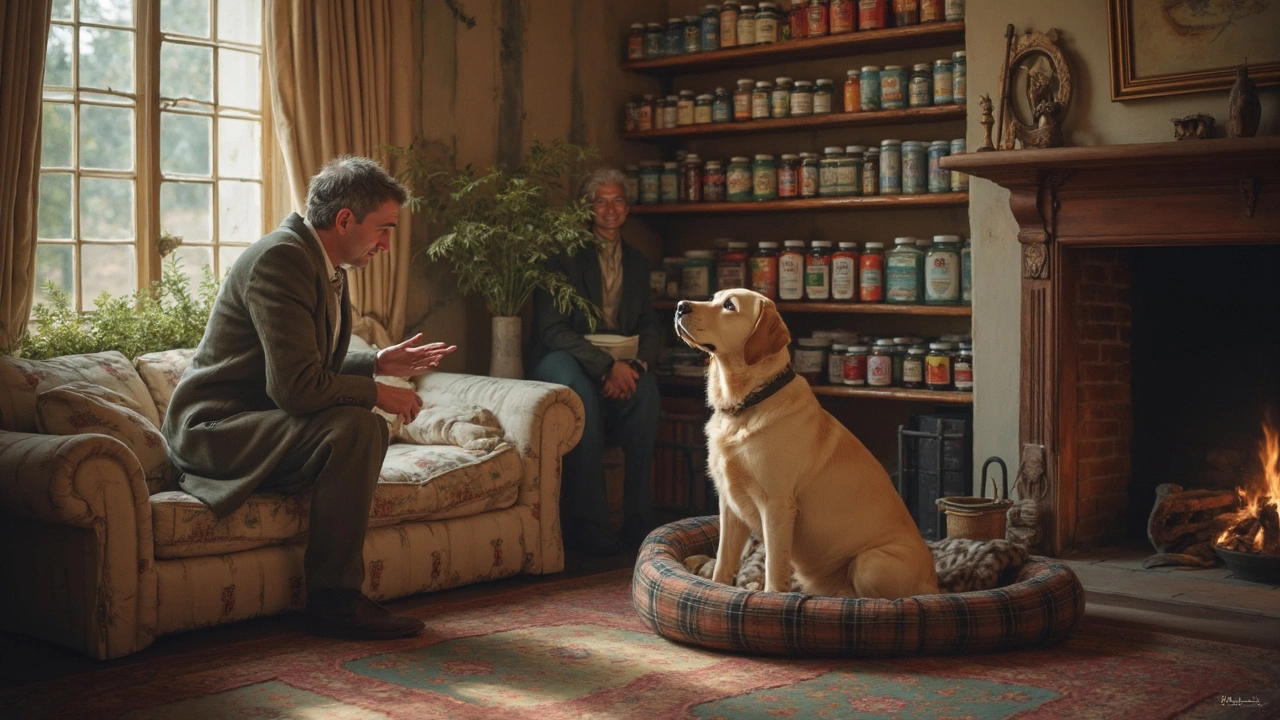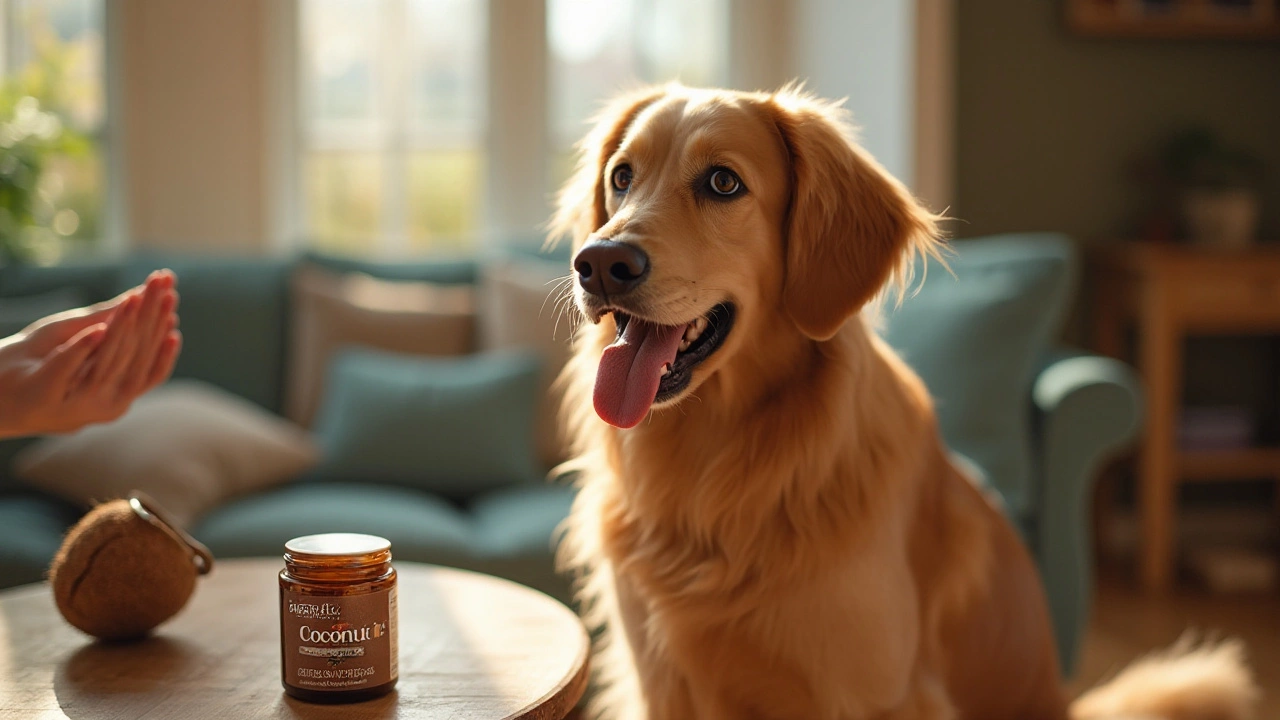Vet Recommendations You Can Trust for Everyday Dog Care
When it comes to keeping your dog healthy, you don’t need a PhD – just solid advice from vets who see pets every day. Below you’ll find the most common questions we hear and the quick, vet‑backed answers that actually work.
Food Choices: What Vets Say About Popular Options
"Beneful" often shows up on shelves, but vets break it down: the protein sources are mixed, the grain content is high, and the AAFCO guarantee covers basic nutrition only. If your dog is a picky eater, look for a brand that lists a single animal protein first and limits fillers.
Greek yogurt is another hot topic. Vets agree that plain, unsweetened Greek yogurt can be a good source of probiotics for most dogs, but only in small spoonfuls. Lactose‑intolerant pups may get tummy upset, so test a tiny amount first.
Pumpkin? Vets love it for gentle digestion. A spoonful of canned pumpkin (plain, no spices) can help with constipation or mild diarrhea. Too much can cause extra calories, so keep it to a few teaspoons for a medium‑size dog.
When choosing between olive oil and fish oil, vets point out that fish oil offers EPA and DHA – the omega‑3s that truly support joint health and a shiny coat. Olive oil is fine for occasional use, but it doesn’t deliver the same anti‑inflammatory boost.
Supplements, Travel Tips, and Everyday Hacks
Calming collars get mixed reviews. Vets say they can help mildly anxious dogs, but they’re not a cure‑all. Pair a pheromone collar with a proper routine – regular walks, safe space, and maybe a short‑acting vet‑prescribed supplement for high‑anxiety cases.
Flying with your dog? Vets recommend feeding a light meal 3‑4 hours before the flight and offering water just before boarding. Avoid giving new treats or meds right before take‑off; give anything new at least a week in advance to watch for reactions.
For everyday grooming, vets remind you that dogs shouldn’t cry “real” tears – they may be showing stress. Keep grooming sessions short, use a quiet space, and give treats for calm behavior. If a dog whimpers, pause and try a different position or a calming toy.
Lastly, when deciding where your dog should sleep, vets say there’s no one‑size‑fits‑all answer. If your dog prefers a crate, that’s fine – crates provide security. If they love co‑sleeping, just make sure the bed is clean and the dog has a cue to move when you get up.
These vet recommendations are built on real clinic experience, not marketing hype. Use them as a checklist for your next vet visit, or try a small change at home and see how your pup reacts. Healthy dogs start with simple, vet‑approved choices – no need for fancy jargon or expensive gimmicks.
Puppy Chew Toys: What Do Vets Recommend?
Choosing the right chew toys for puppies is crucial for their development and safety. Vets often recommend toys that help with teething, promote dental health, and provide mental stimulation. It's important to avoid toys made of unsafe materials or those that pose choking hazards. Learn which types of toys vets approve of and why they are essential for a puppy's growth.
Do Vets Recommend Dog Supplements?
When it comes to keeping our furry friends healthy, many dog owners wonder if supplements are necessary or beneficial. Vets often debate the use of supplements, taking into account specific health needs and potential benefits. Some supplements can enhance a dog's diet, while others might not be necessary. This article explores the reasons why vets might recommend them, the most common types, and what dog owners should look for before adding them to their pet's routine.
Coconut Oil for Dogs: Vet-Approved Benefits and Uses
Exploring the benefits and considerations of using coconut oil as a supplement for dogs' health, as recommended by veterinarians. This article delves into how coconut oil can impact a dog's skin condition, digestive system, and overall vitality. Learn what vets say about incorporating this natural supplement into your dog's diet safely. Discover tips for using coconut oil effectively and ensuring it's the right choice for your pet.


